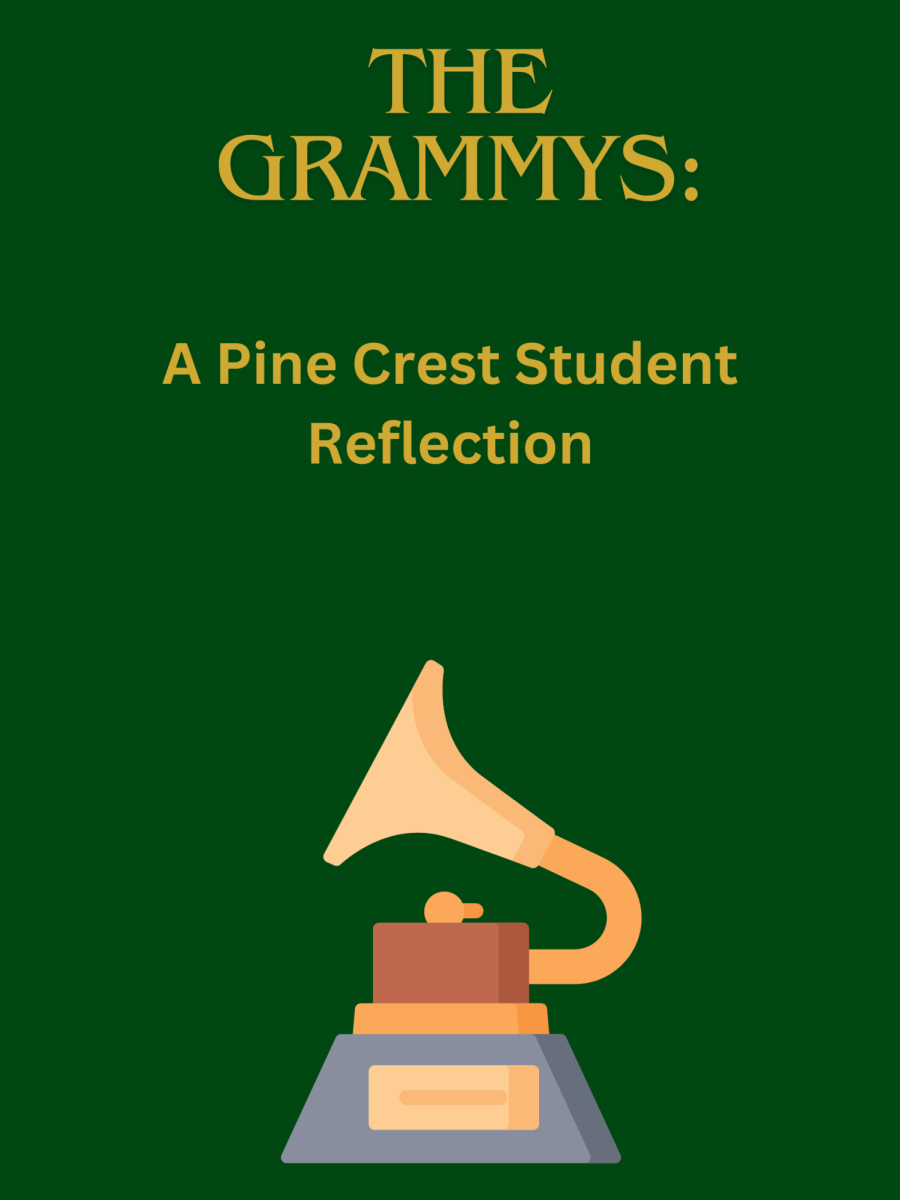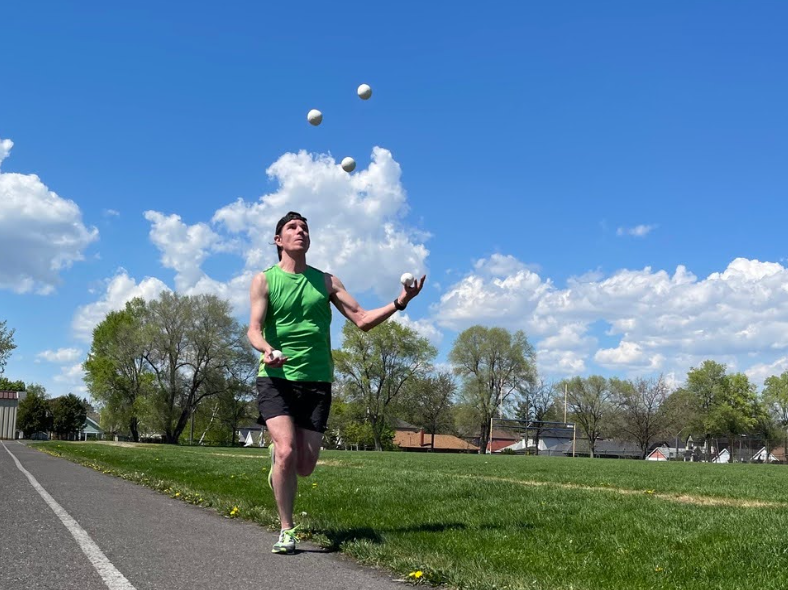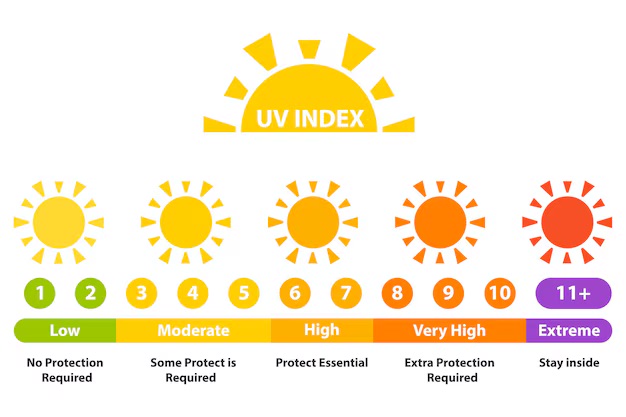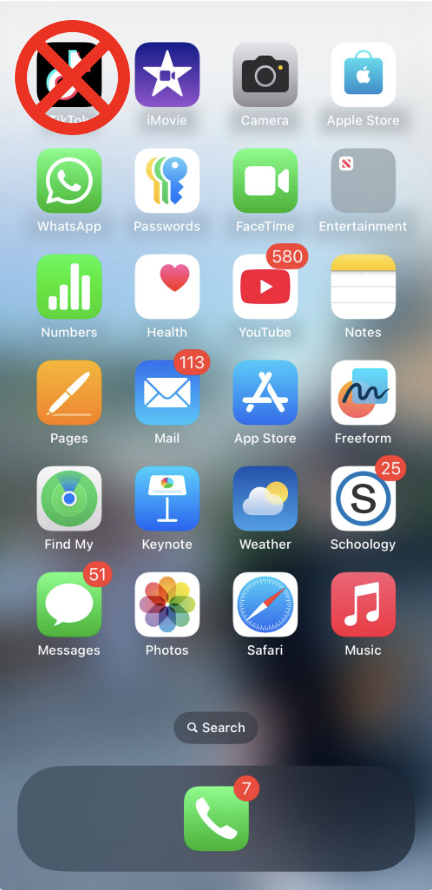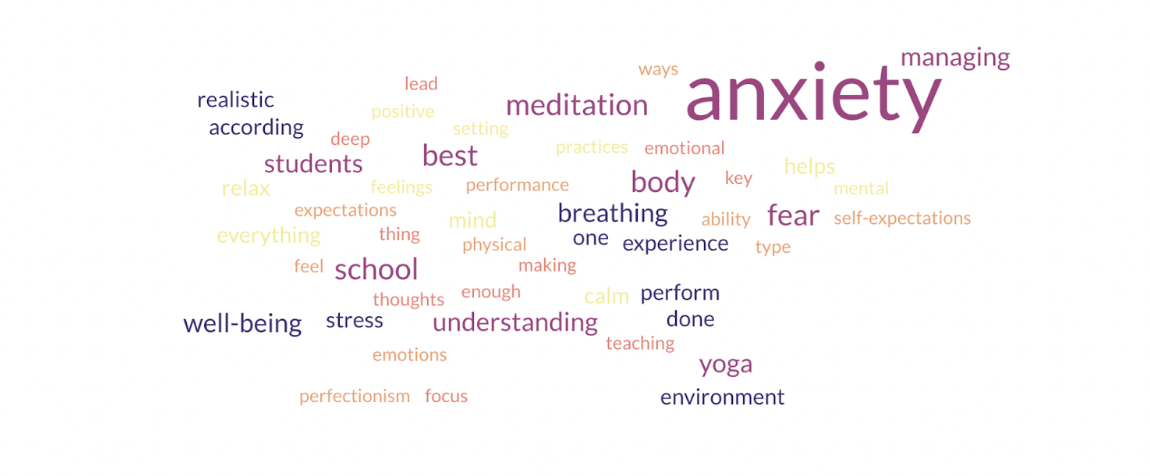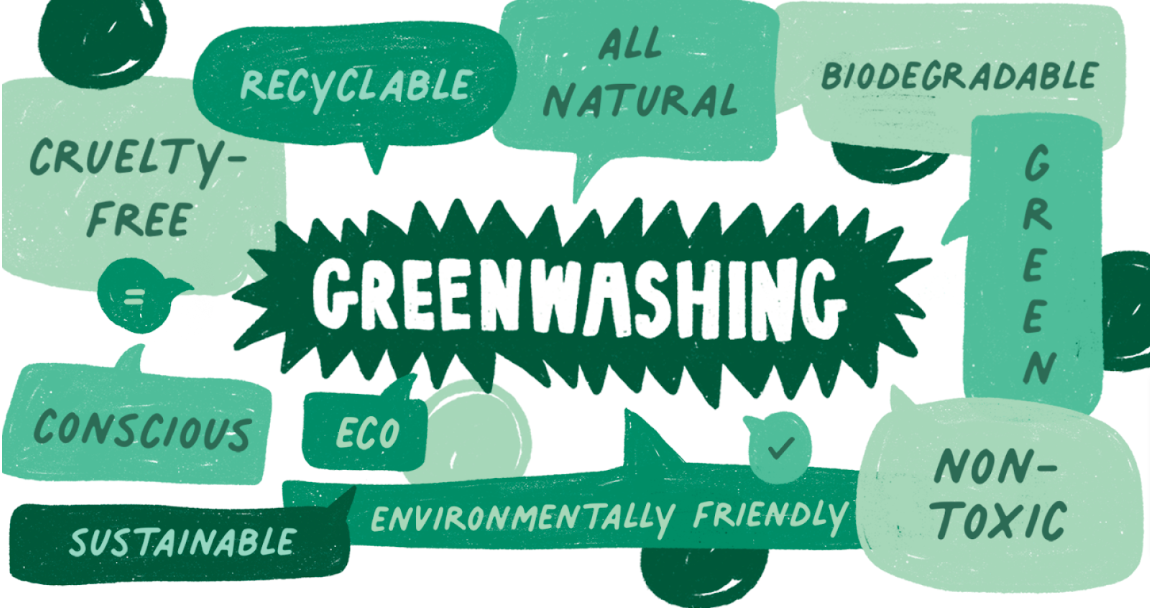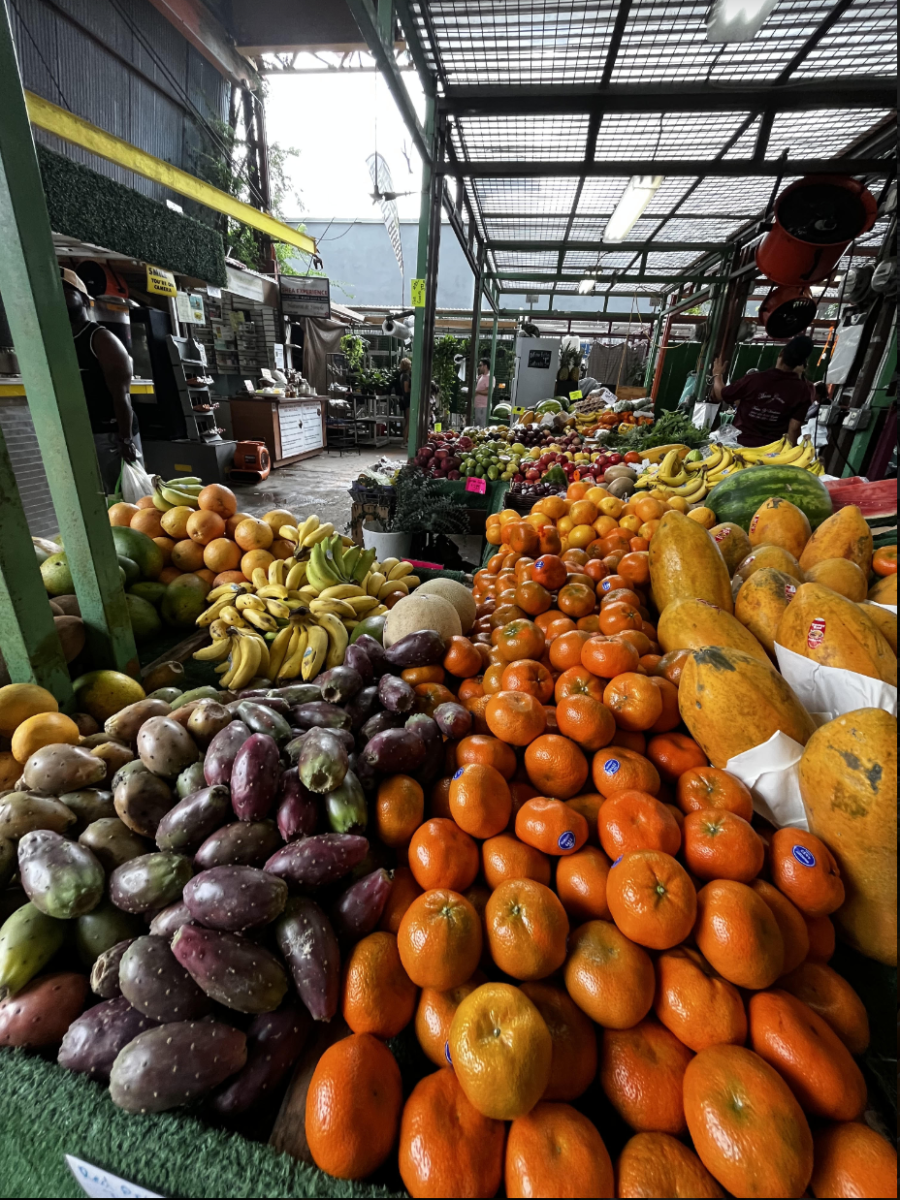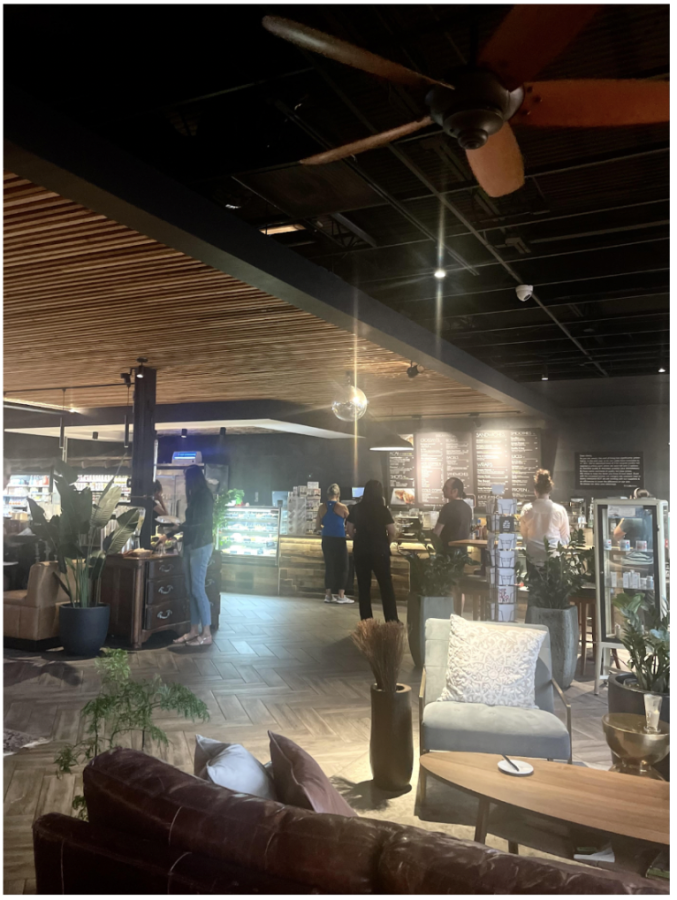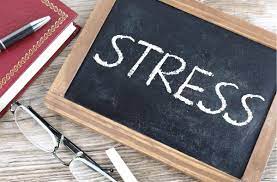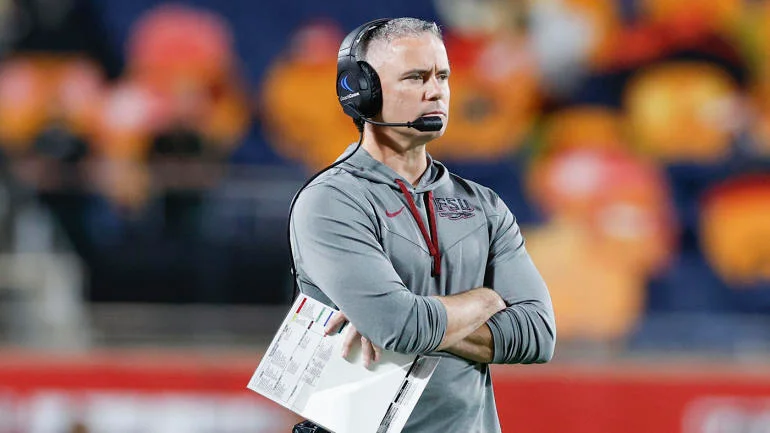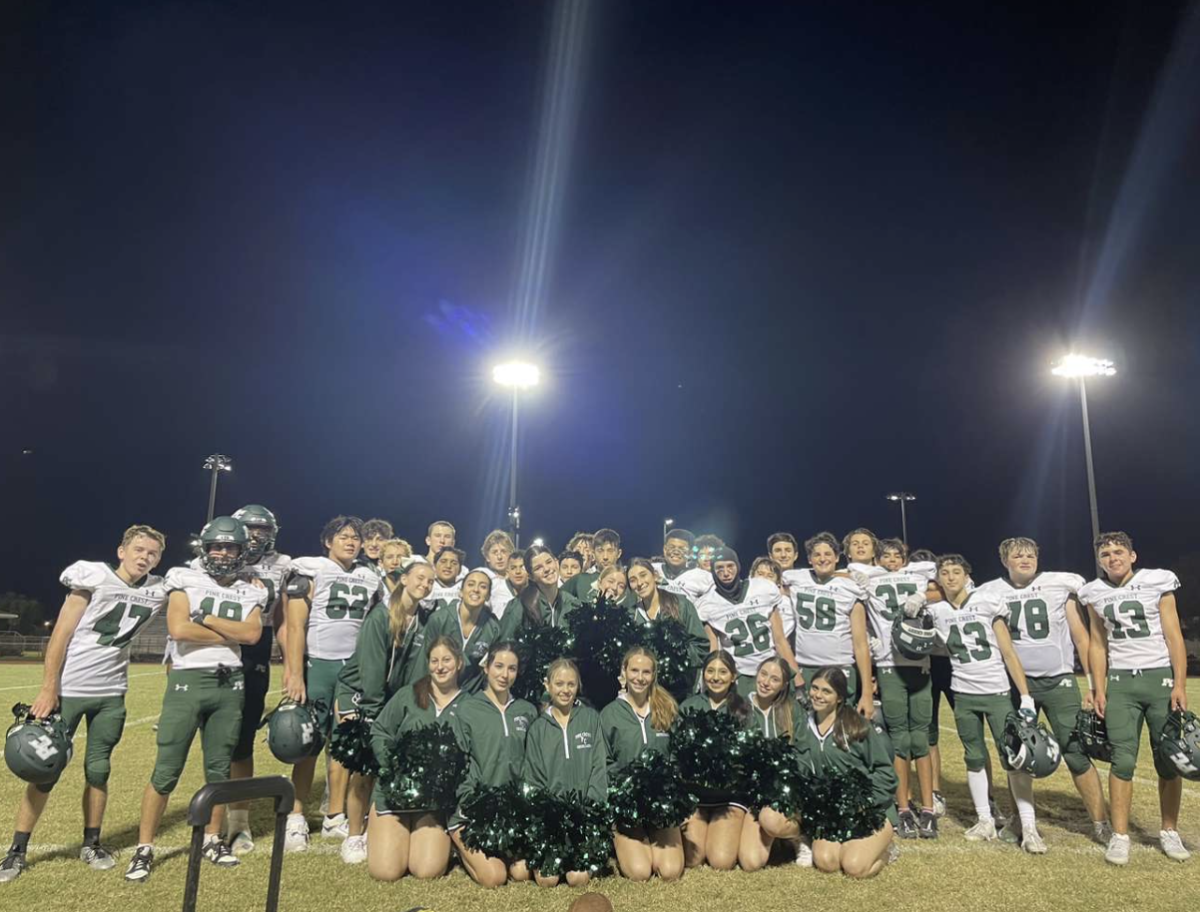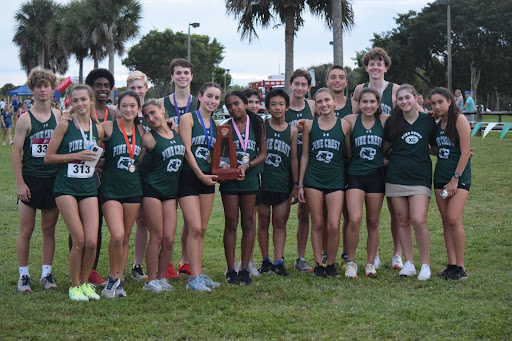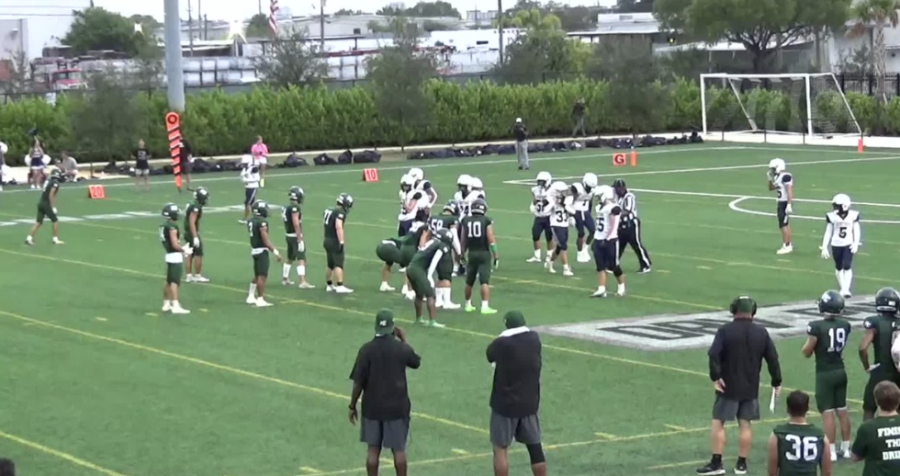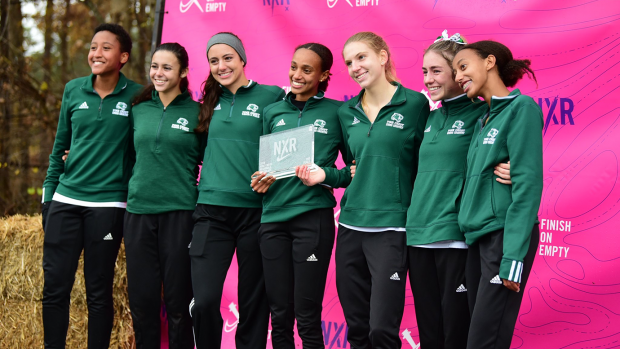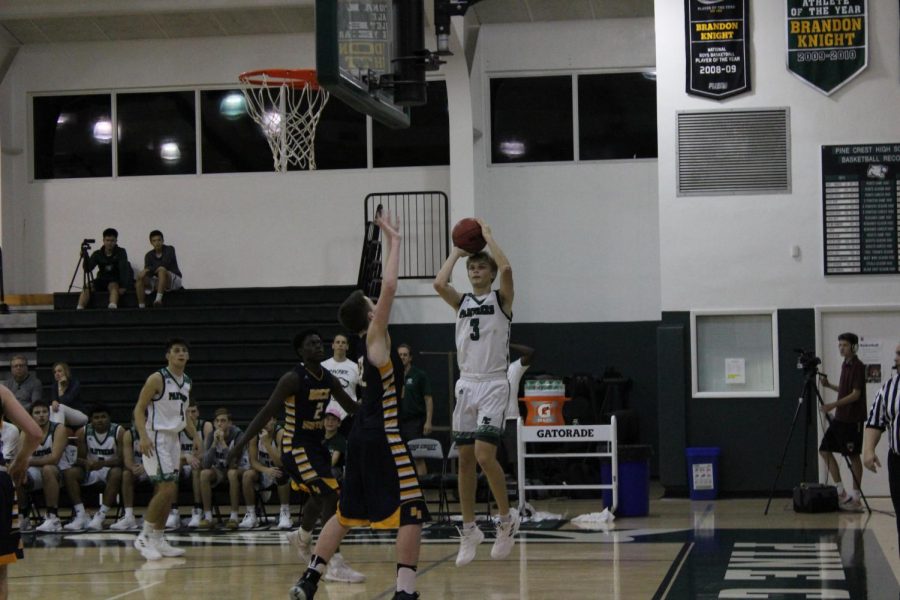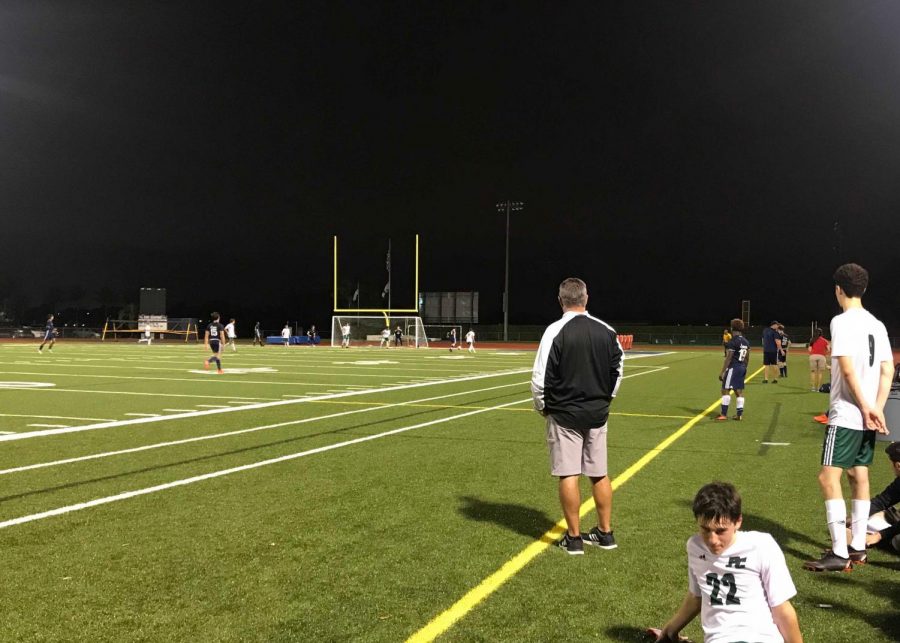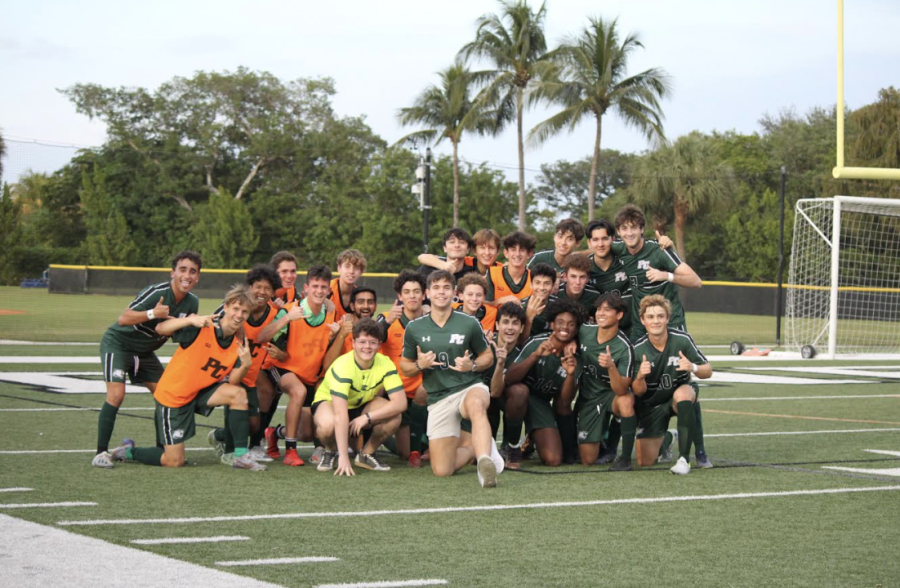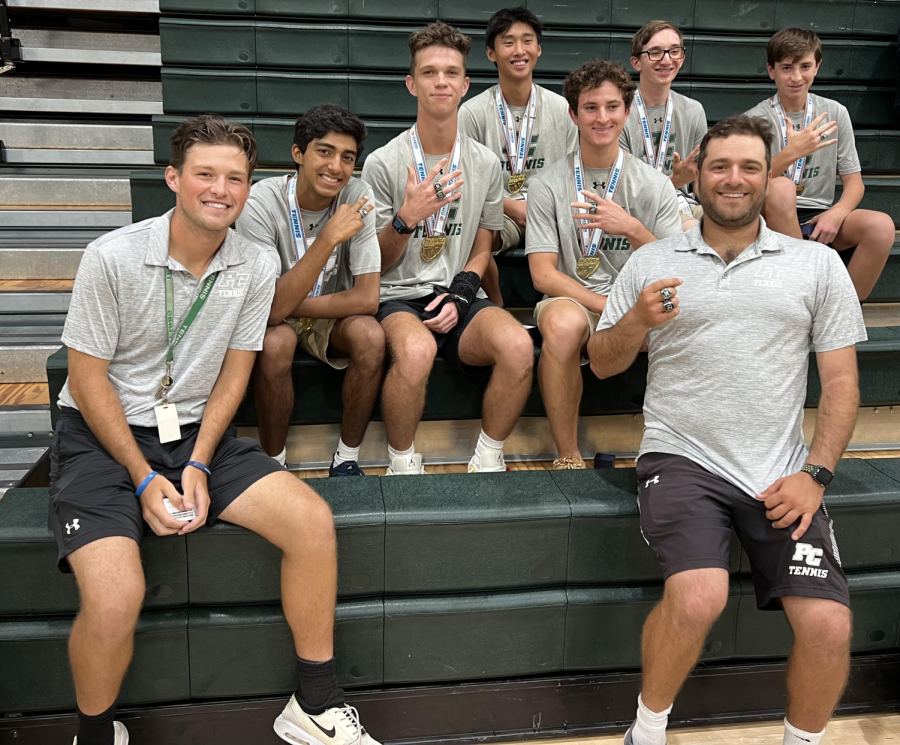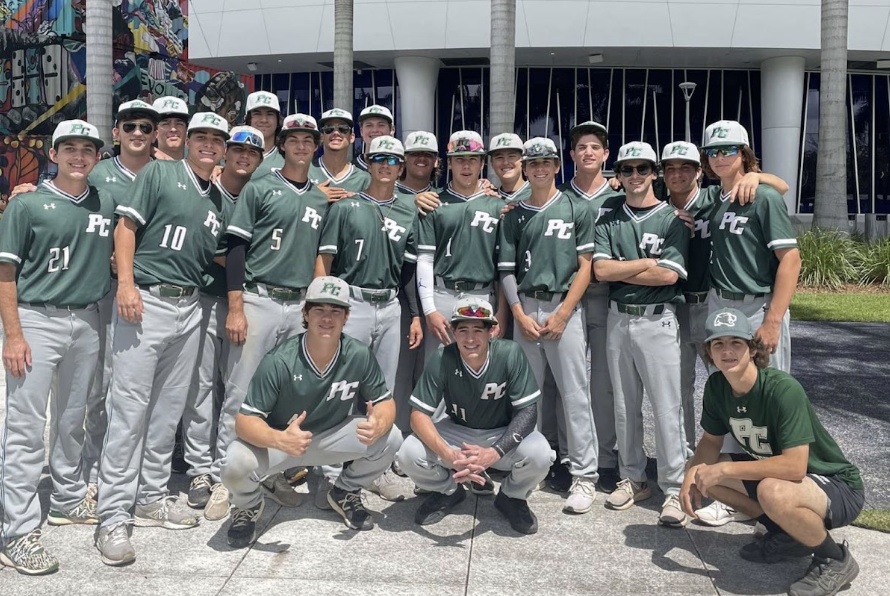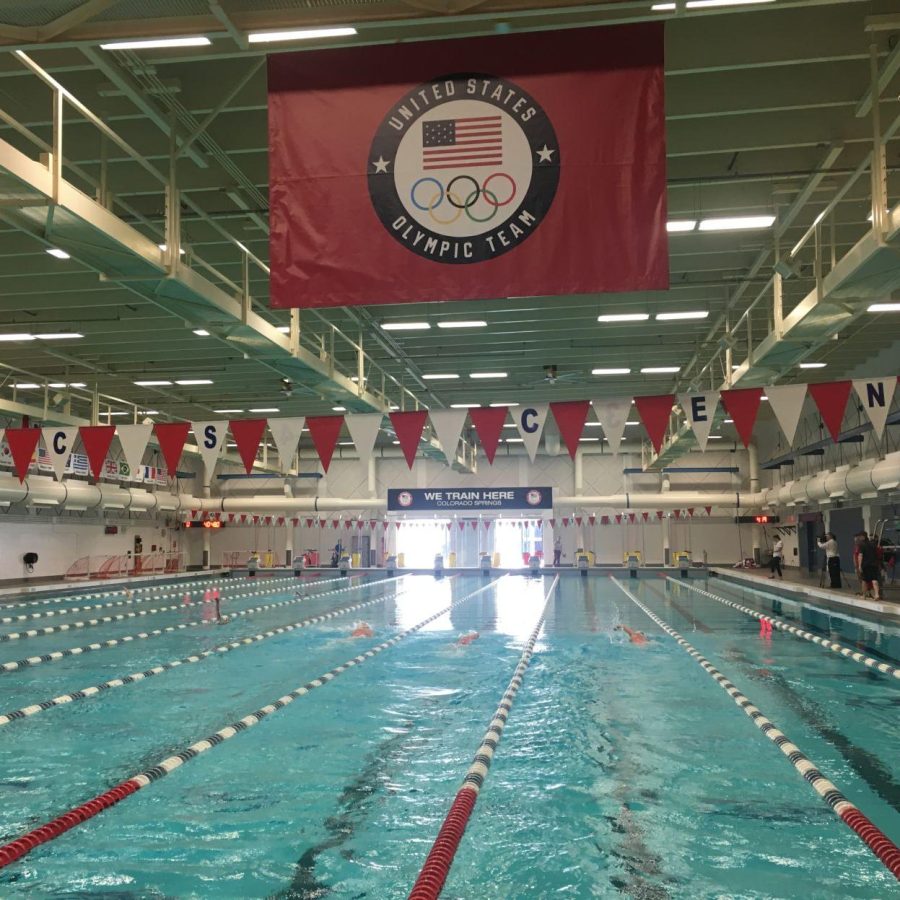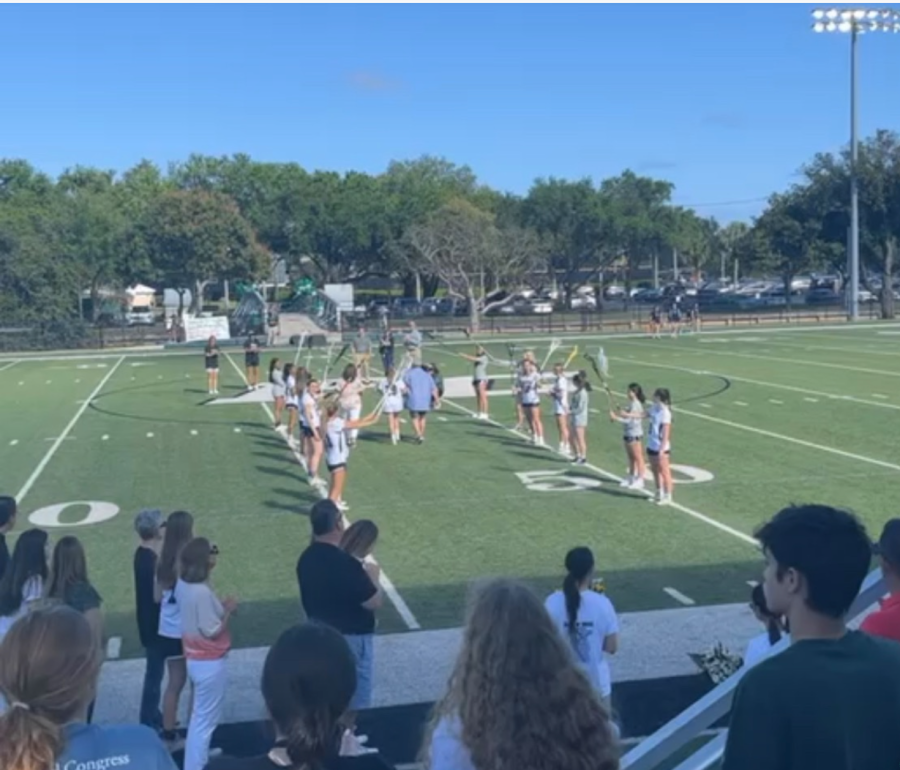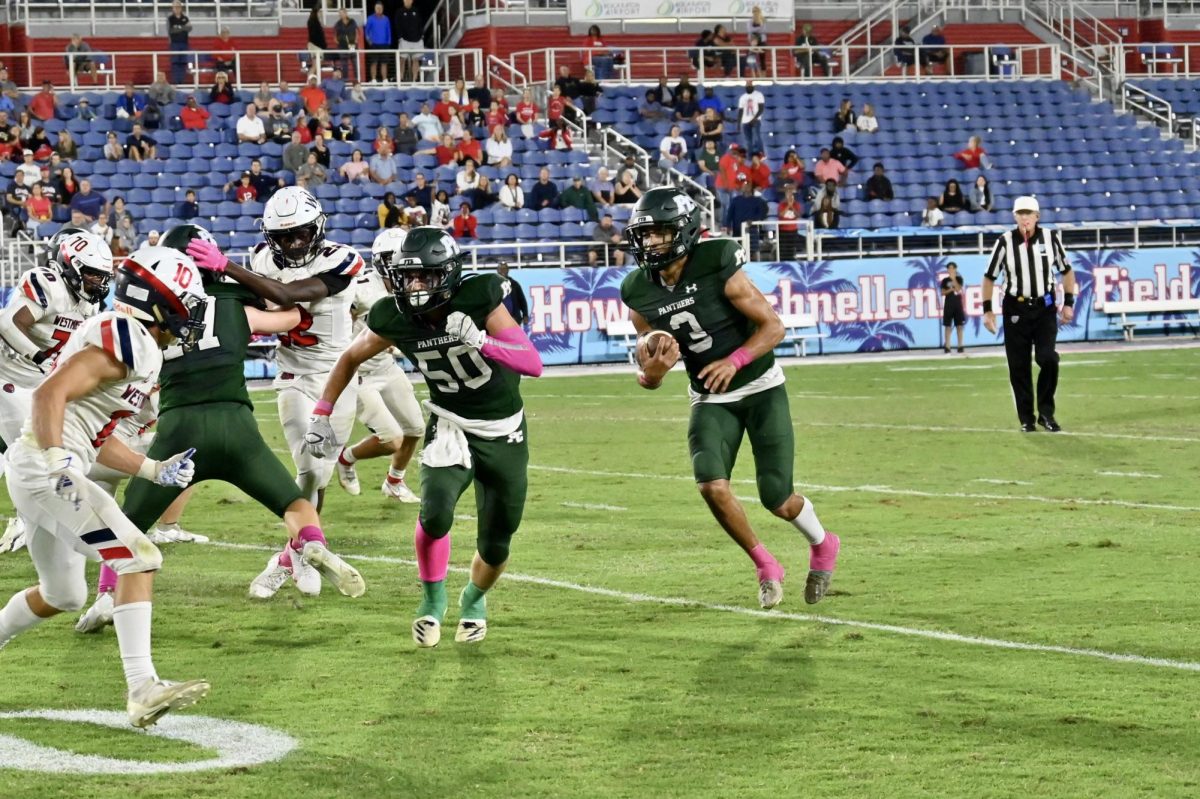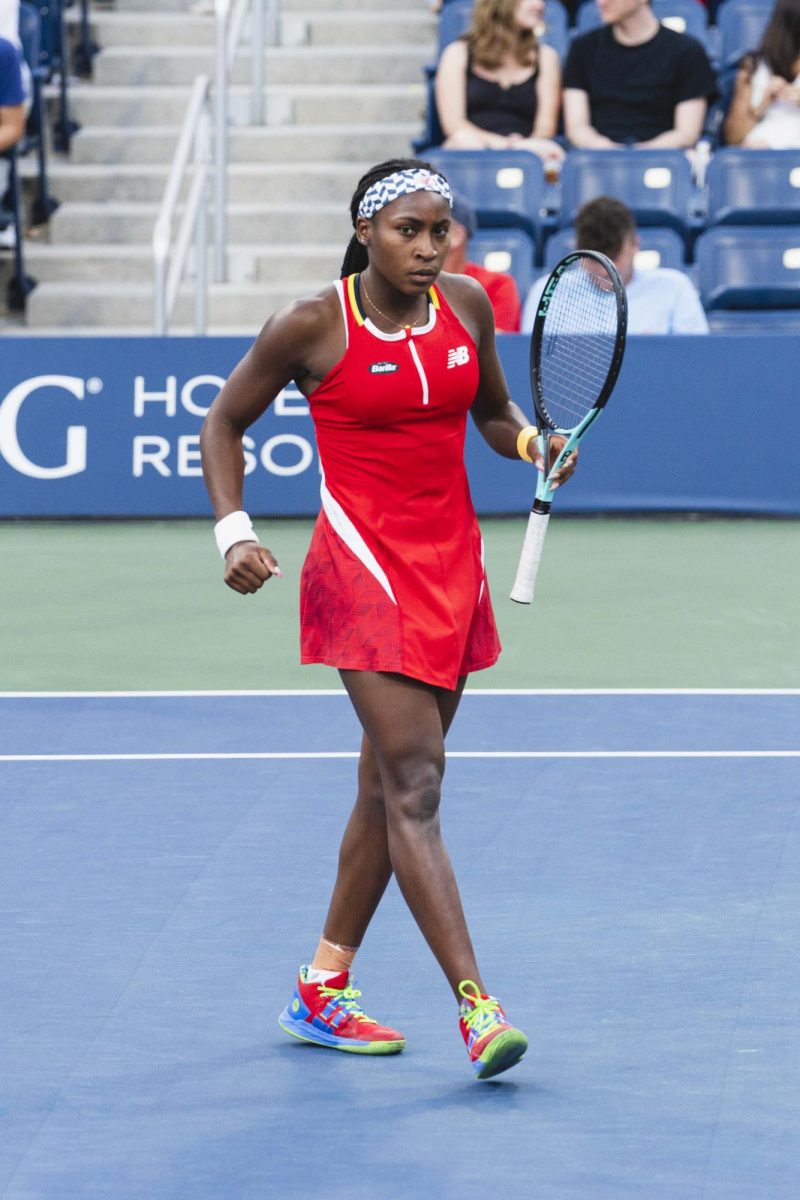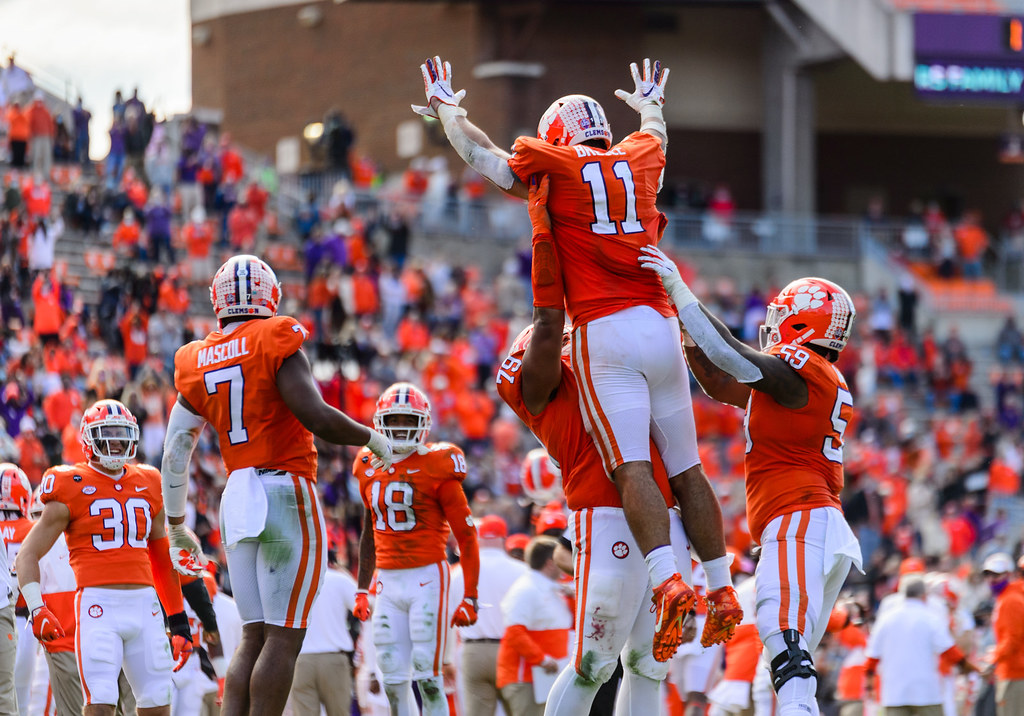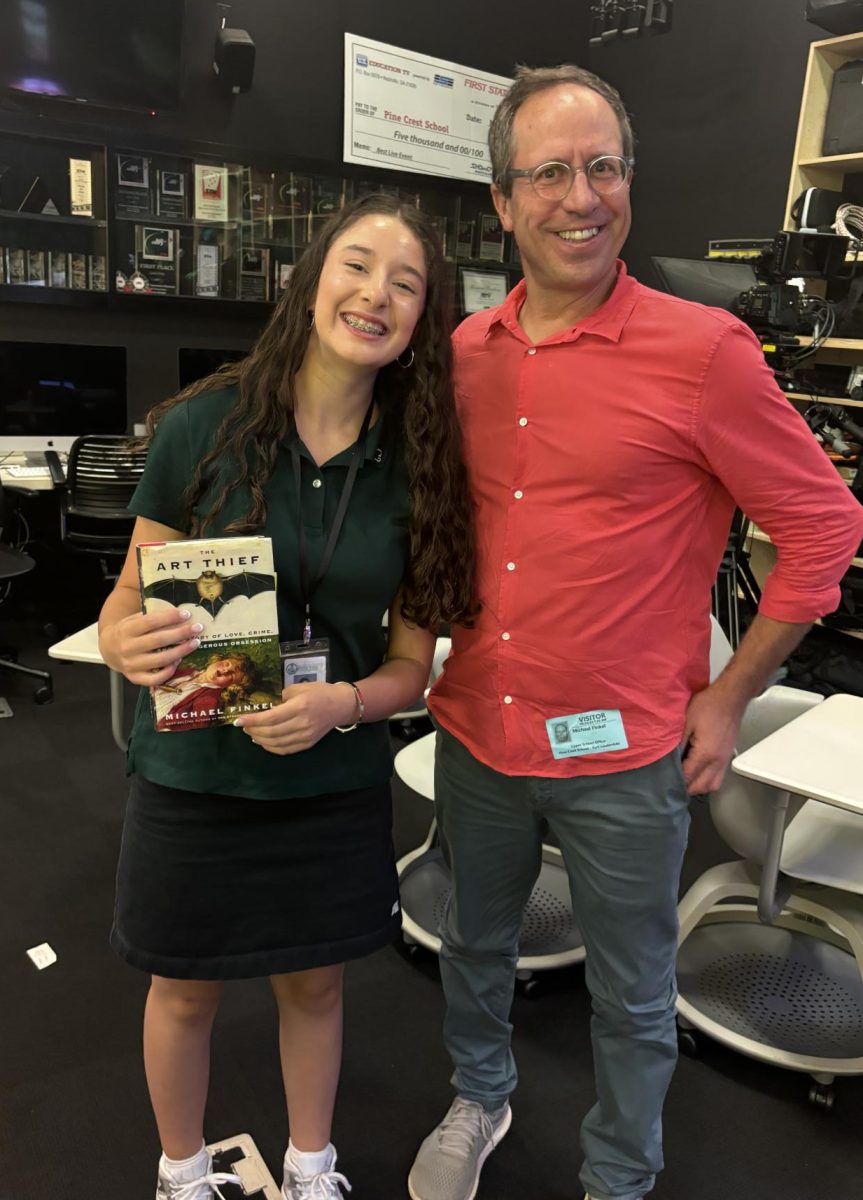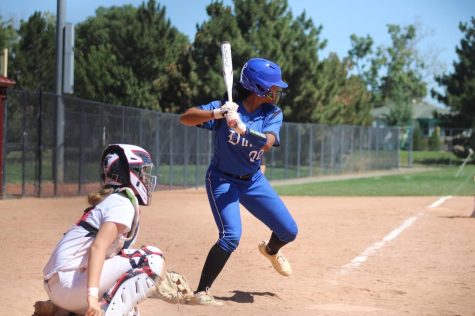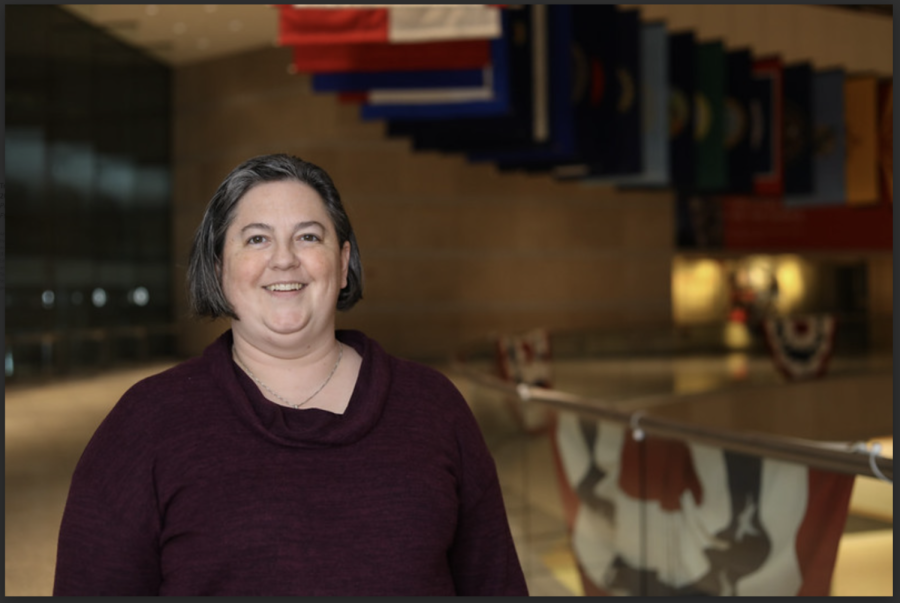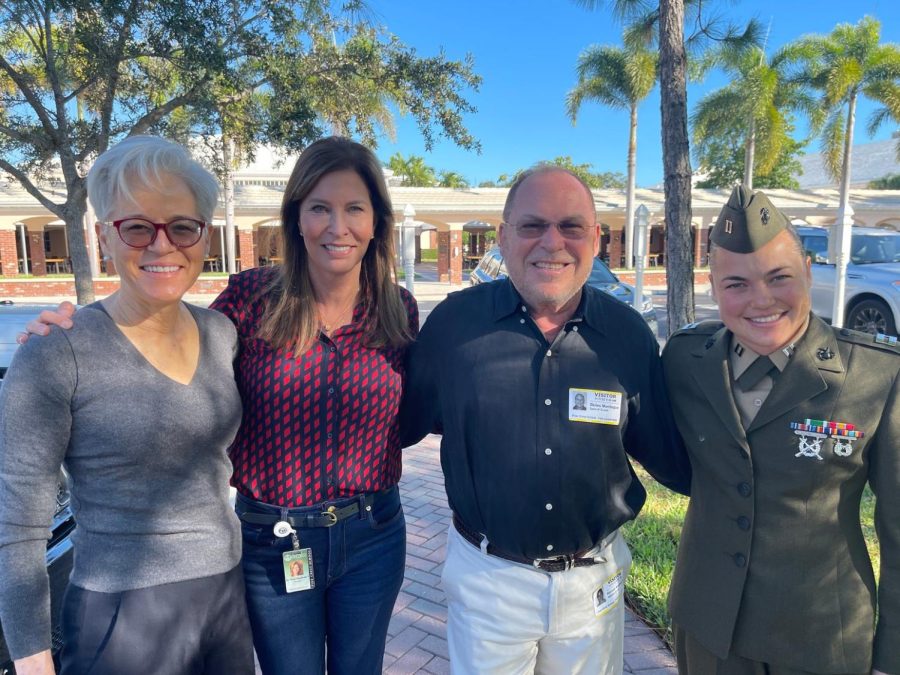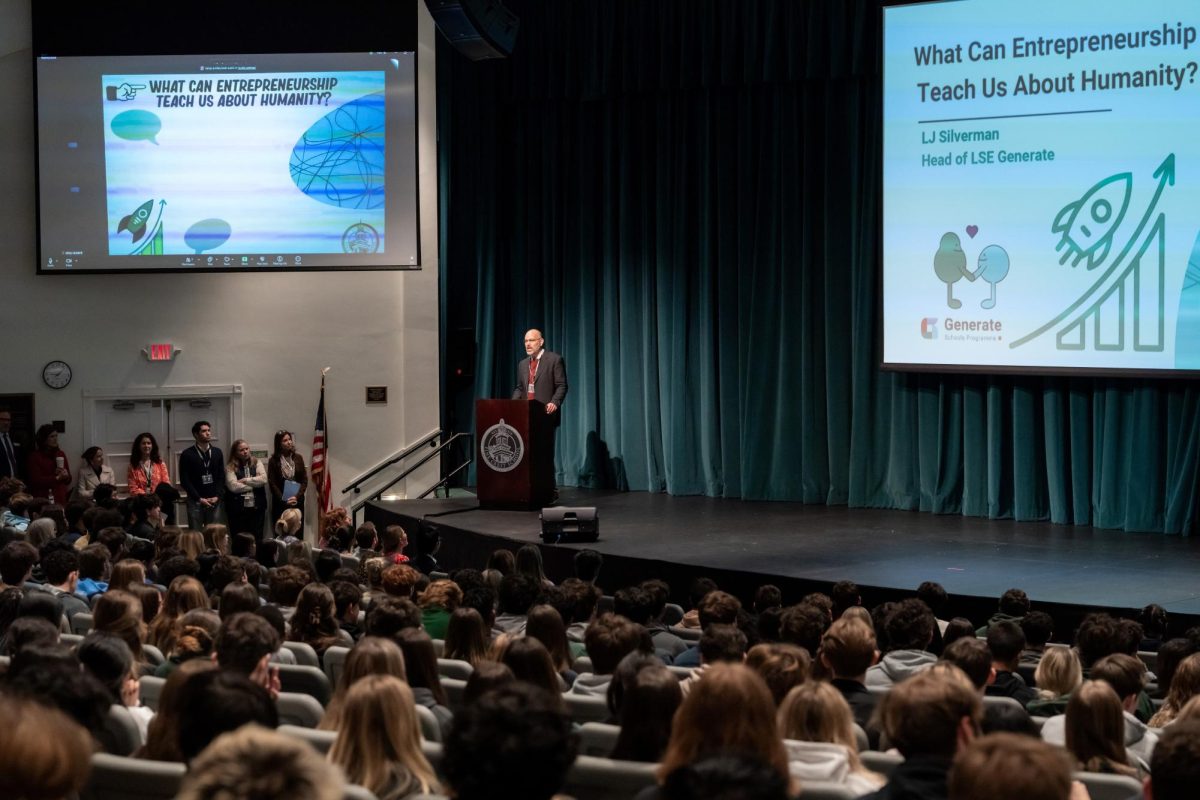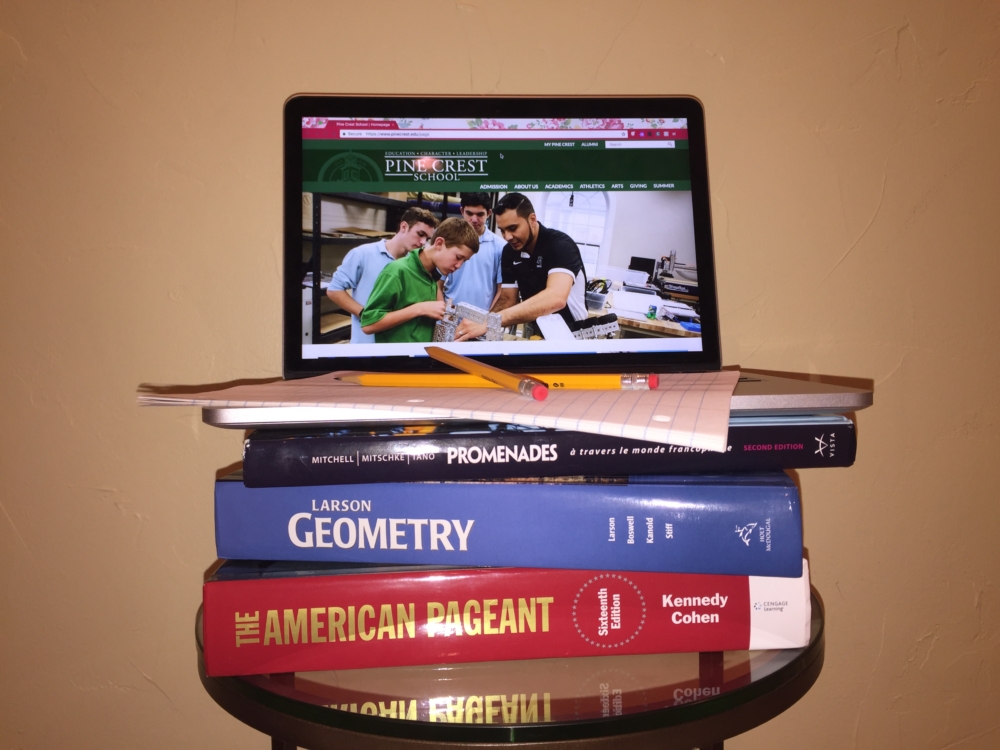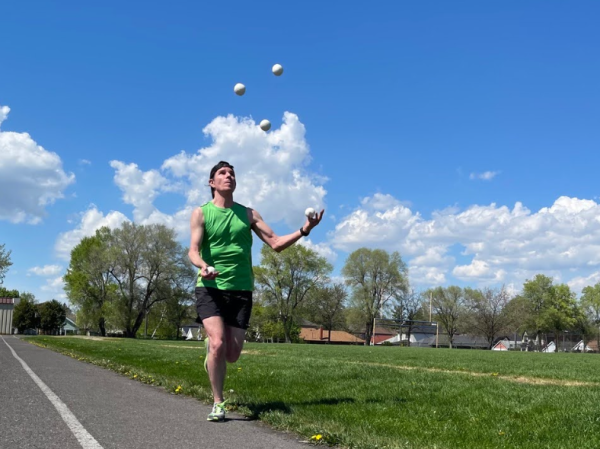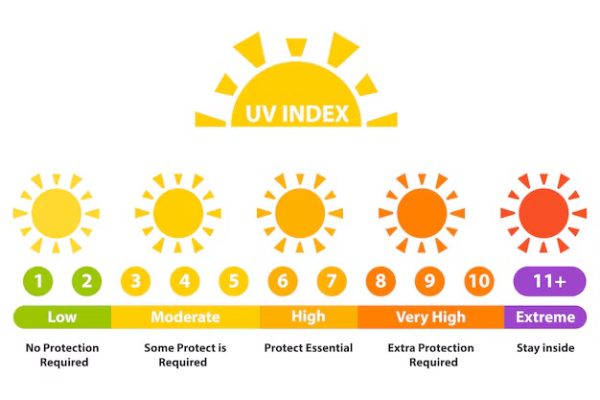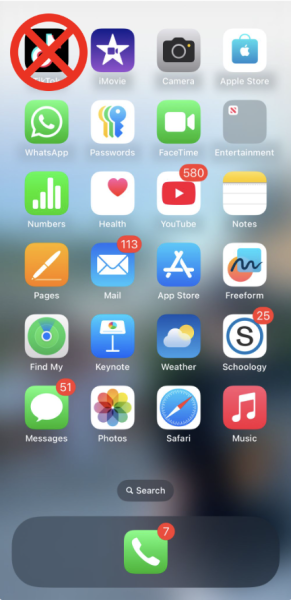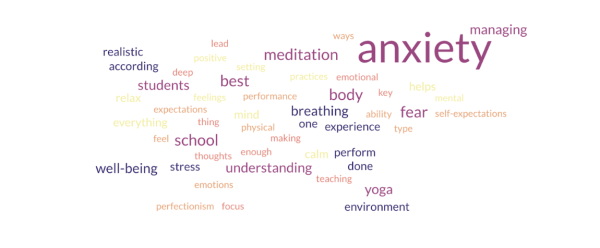A Student, Faculty, and Alumni Perspective on PC Technology
The debate about technology’s pros and cons is endless, but Pine Crest alumni, faculty, and students have a unique perspective on how it affects their social and academic lives.
[ot-caption title=””]
[spacer height=”10px” id=”2″]Over the past two decades, technology has influenced and shaped our world in innumerable ways. Imagine Pine Crest without eLearning, Smartboards, online textbooks, Kahoot review games, and the Internet. Current Pine Crest students have never seen teachers writing on a blackboard nor have they researched from hard-copy encyclopedias in the library, but PC alumni certainly know what that kind of learning was like.
[spacer height=”10px” id=”2″]In the earlier days of Pine Crest, technology was just beginning and the school was integrating this new tool into the educational curriculum. Alumnae Sheri Hutzler and Claire Katz ’84 describe a learning system that seems completely different from the one of today. “We used typewriters…[and] had to do all our research in the libraries,” explained Katz. Hutzler says, “[I] watched classroom movies sporadically in history…[but] mostly learned from books and lectures.”
[spacer height=”10px” id=”2″]Although the early computers were still being perfected, Pine Crest made a point of educating its students on how to use this device that would radically change the world in the coming years. When Suzanne McCawley ‘90 left Pine Crest, she was “required to take and pass a keyboarding class in order to graduate.”
[spacer height=”10px” id=”2″]By the time the 2000s rolled around, computers became the focus of the technological world, as well as the focus of the educational world. John Polatsek ’07, a more recent PC graduate, describes, “MacBooks were banned because they were not traceable on the Wi-Fi network. A lot of kids still used their MacBooks.” Technology was difficult to bring into the school’s environment, because as it evolved, Pine Crest had to keep up with evolving with it in order to use it for learning purposes, and had to make sure that students weren’t misusing it. From 1934 when Mae McMillan founded Pine Crest to 2017, we have embraced evolving technologies both inside and outside the classroom. But is technology more of a benefit to the Pine Crest community or a distraction?
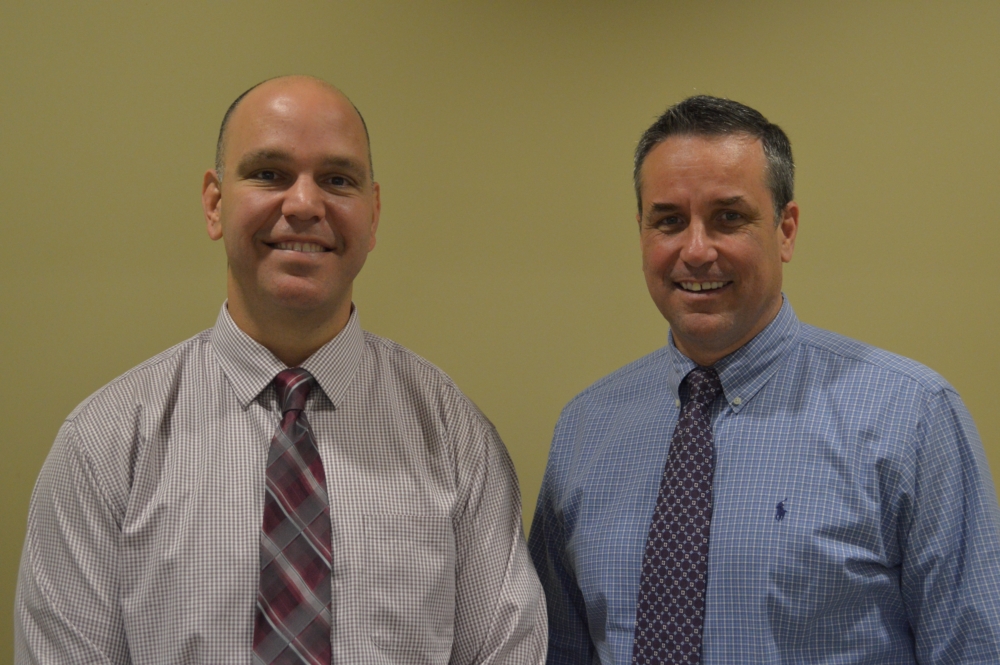
[spacer height=”10px” id=”2″]The biggest advantage of technology is the ability to access information and stay connected wherever and whenever. Upper School Head Mr. Walters agrees, “[The internet] helps students and teachers stay connected outside of class time, [which is] cutting edge of information.” One of these tools is Schoology, which allows teachers to constantly and consistently share materials and updates with students. Junior Michael Gabe elaborated, “If I miss class or just miss anything in class I can always refer to Schoology.” This technological form of organization is helpful to not only the students, but also to teachers and administrators, alike.
[spacer height=”10px” id=”2″]Mr. Pierson believes that email and online calendars are some of the most useful tools to his job, aiding with communication and organization. As for the President of Pine Crest, Dr. Markham, technology is essential to connecting people all across the Pine Crest community; she said, “My ability to have access to information and to communicate quickly and seamlessly with faculty, staff, and students on both Pine Crest campuses is invaluable.”
[spacer height=”10px” id=”2″]The access to instant answers is crucial in today’s modern world, and is crucial to connecting students, teachers, and administrators outside of the classroom. As a tool for learning, technology is most useful in its wide variety of materials that can be used for studying and grasping new material. French and Spanish teacher Mrs. Leps mentioned, “It gives choices to students through a variety of apps which may appeal to different learning styles.” Since the internet provides many resources, it allows students to find a study method that works for them.
[spacer height=”10px” id=”2″]In Mr. Mahoney’s Physics classroom, devices such as motion sensors, photogates, low friction cars, and tracks, as well as online simulations and interactives help his students grasp difficult concepts. In addition to these more specific technologies, Mr. Mahoney added, “Technology is a significant part of my classroom…[aiding with] simple but effective tasks like taking pictures of class notes and diagrams.”
[spacer height=”10px” id=”2″]Technology has also helped to expand the mediums of artistry available at Pine Crest. Art teacher Ms. Knight emphasized the importance of “computers, cameras, scanners and printers” in the artistic process and the final result. An extensive selection of internet resources and gadgets can benefit learning in every subject.
[spacer height=”10px” id=”2″]As senior Jared Geller put it, he uses technology for everything, “from using computer algebra systems to visualize multivariable equations, to watching online tutorials for economics, to studying Quizlets for Spanish vocabulary assessments.”
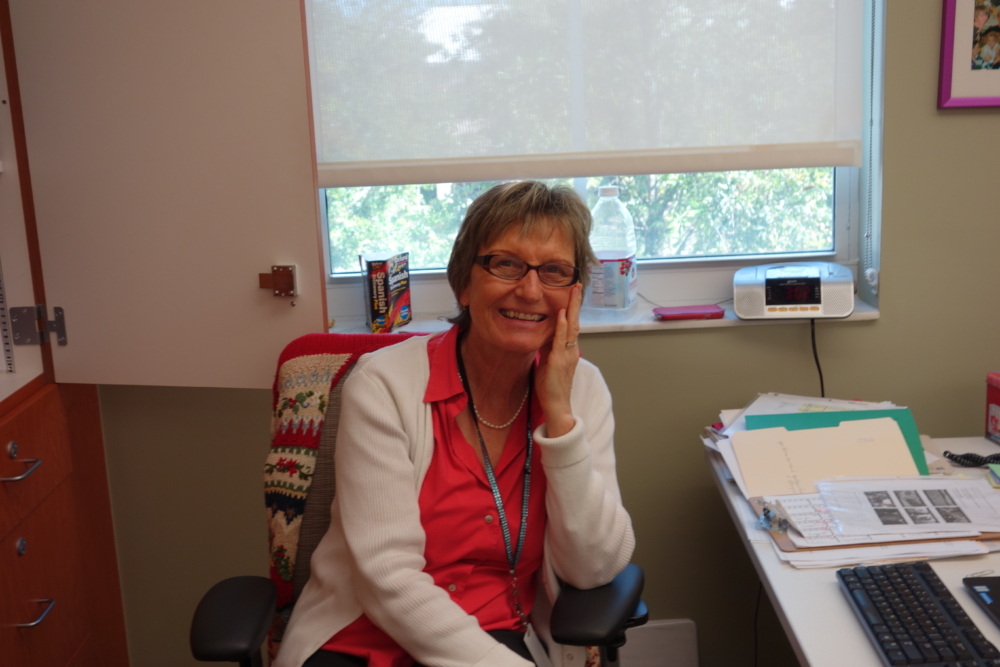
[spacer height=”10px” id=”2″]While technological improvements bring many benefits to Pine Crest, their effects aren’t always positive. When students misuse their privileges, computers and cell phones can be quite a disruption. Mr. Pierson explained, “When students use technology appropriately it is a tremendous asset to their growth in the academic world, but like with all things you have to learn how to manage your time and decision. When students use it inappropriately in the classrooms, you are putting yourself in a tough spot to achieve your academic goals.”
[spacer height=”10px” id=”2″]But it’s not just the administration that feels the effects of the negatives of technology. Students have realized how the negative distractions caused by technology affect their grades and overall educational endeavors. Freshman Jessica Nedry stated, “We should just use books because there is no Facetime, popups, texts, or games to distract you.”
[spacer height=”10px” id=”2″]Even the technologies that aren’t a distraction don’t always work well in the classroom. One of the major problems that arises is plagiarism. Ms. Knight sees plagiarism increasingly in Digital Art, and urges, “Stay aware of where those images and art come from and give credit where it’s due.”
[spacer height=”10px” id=”2″]The one negative, overarching theme when it comes to academic situations is the diminished interaction between peers and teachers, and how that lack of interaction makes discussion and mutual understanding of ideas that differ from one’s own less prevalent. Mrs. Leps believes, “The lack of personal communication in the classroom can isolate students if technology is overused.” But, technology is a part of today’s ever-changing world, and it needs to be used in order to prepare students for the future, academically and professionally. Alumni Mrs. Katz points out, “Everyone has to keep up with the latest technology, so we don’t have a choice and can’t be upset that technology is so much more advanced for today’s high school students.”
[spacer height=”10px” id=”2″]Socially, technology attempts to connect us, yet it often separates us. Talking to people in person is just as important as it was before, if not more so now that the world has been overtaken by the online image or representation of people. More and more people are trying to replace face-to-face conversations with social media, texts, and emails. Freshman Delaney Dardet mentions, “People communicate more through technology, but face-to-face conversations have remarkably declined.”
[spacer height=”10px” id=”2″]Sophomore Carly Siegel also agrees and states, “Students would rather be on their computer or their phones than interact with their peers.” This decline in social skills is not just prevalent among the students, but also noticed by administrators, as well. “Pine Crest students are smart enough to know that while technology is a necessary and integral part of their lives, it may also create companionship without the intimacy of friendship. The devices that help connect our students with one another may sometimes cause an increase in our isolation,” Dr. Markham said.
[spacer height=”10px” id=”2″]Technology makes our lives easier, but also distracts us from schoolwork and our friends. It helps us stay connected, organized, efficient, and engaged no matter our learning style. However, it can distract us with games and social media, lead to less face-to-face conversations, among other complications.
[spacer height=”10px” id=”2″]The Pine Crest community is torn between the benefits and the disadvantages of technology. Most believe it is helpful when used correctly, but others believe we would be better off without it. Nevertheless, technology will continue to advance, and the school and society has to keep up with its positives and negatives in order to enhance the positives and diminish the negatives.
[spacer height=”10px” id=”2″]Pine Crest equips students to fight the negatives of technology by keeping discussion and lectures in the curriculum, enforcing the importance of communication, collaboration, and cooperation. But, when needed, to keep the interest of students and convey a new perspective on information, technology is used. That way, the learning environment created is one with technology seamlessly weaved into it, and one that depends on the integrity and responsibility of students to recognize that a negative for technology is a negative for their education. Pine Crest is a school that embraces the change, and has been doing so since the very beginning, which can be seen by the perspectives of the faculty, alumni, and students.

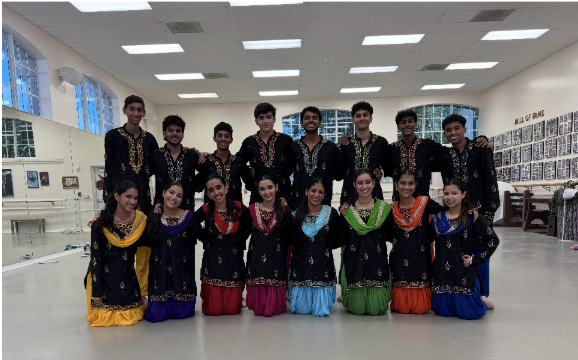
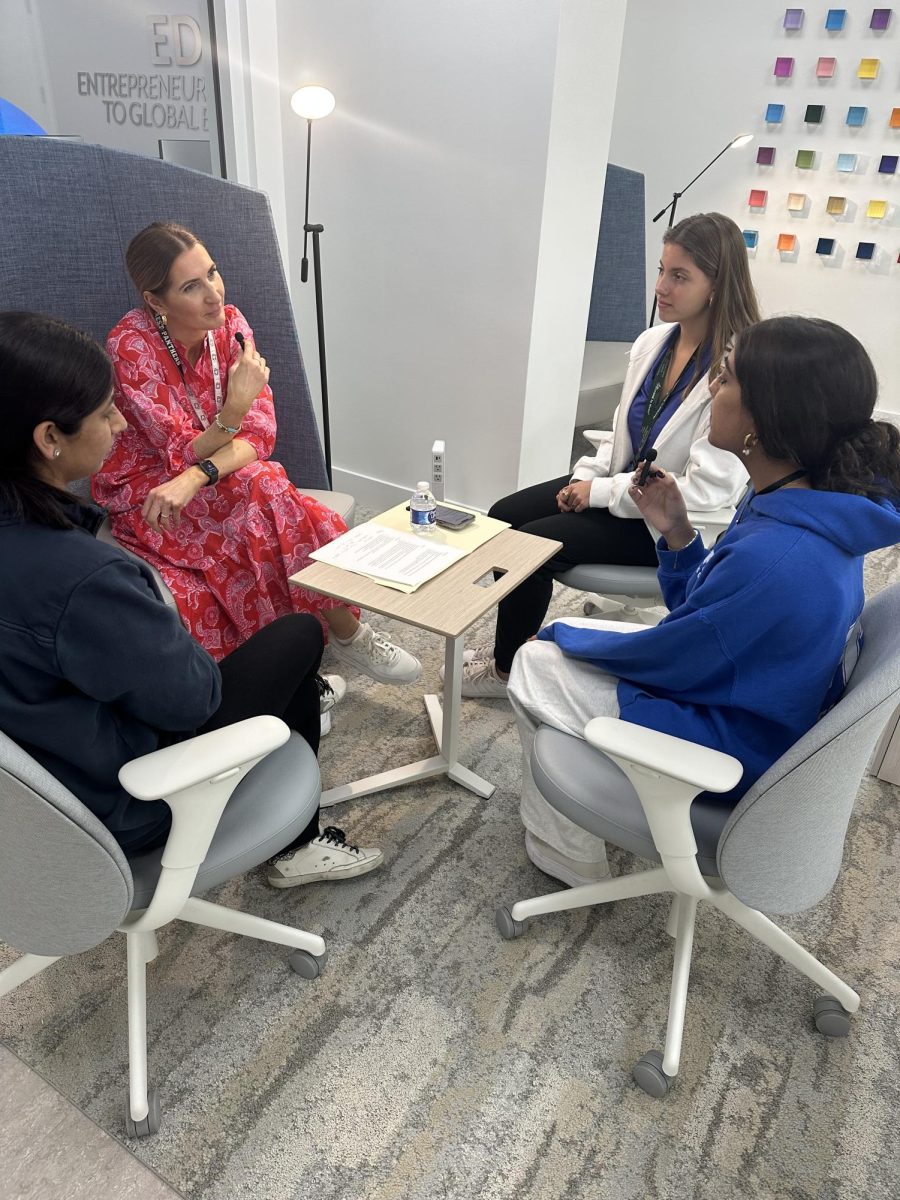

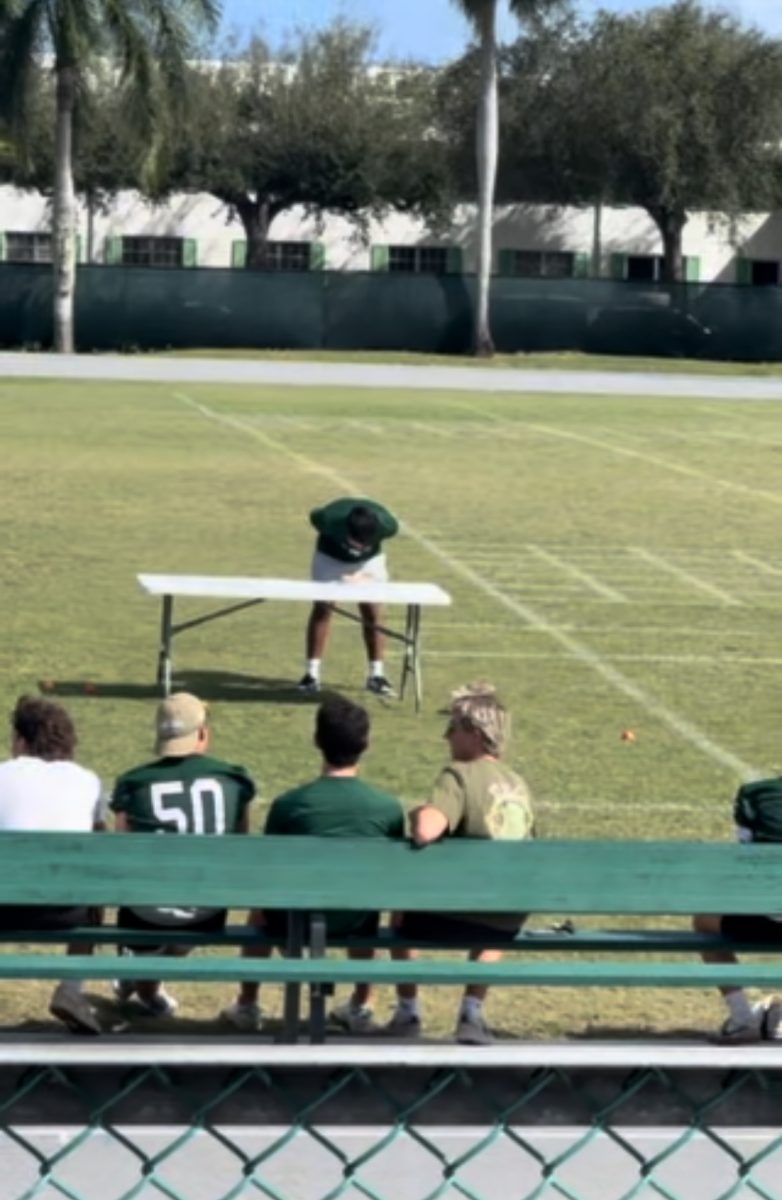

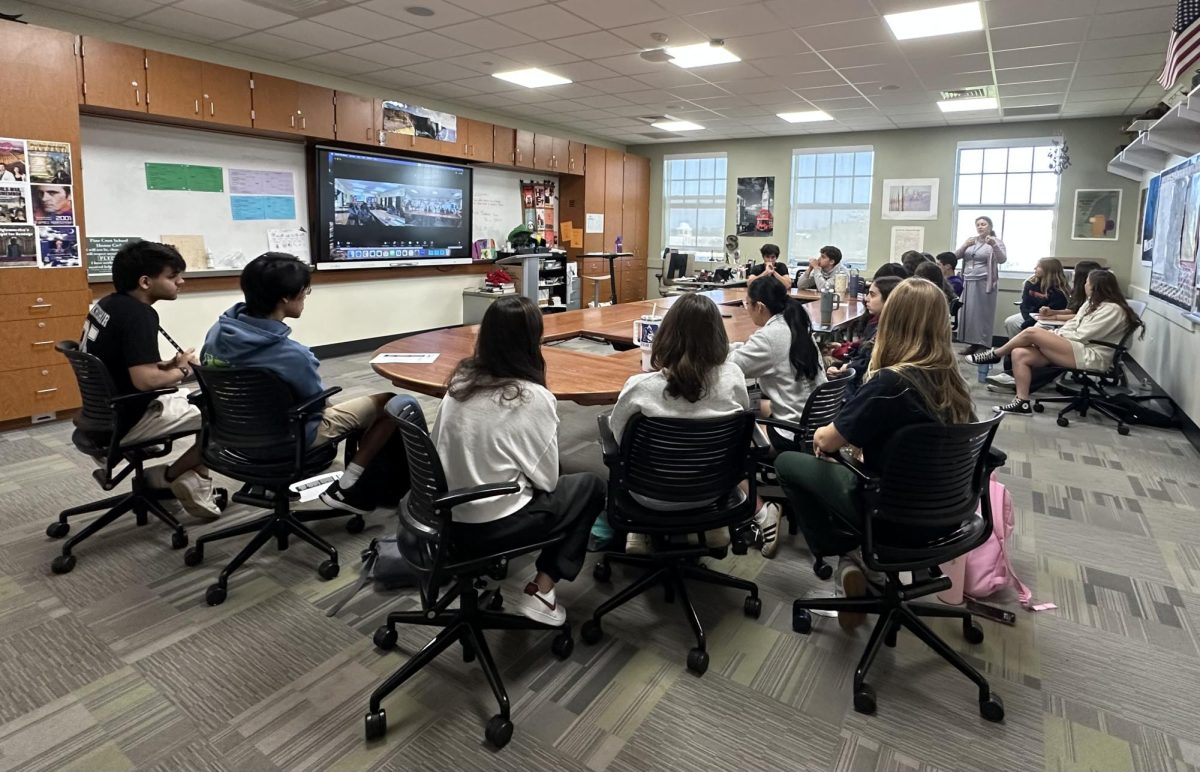
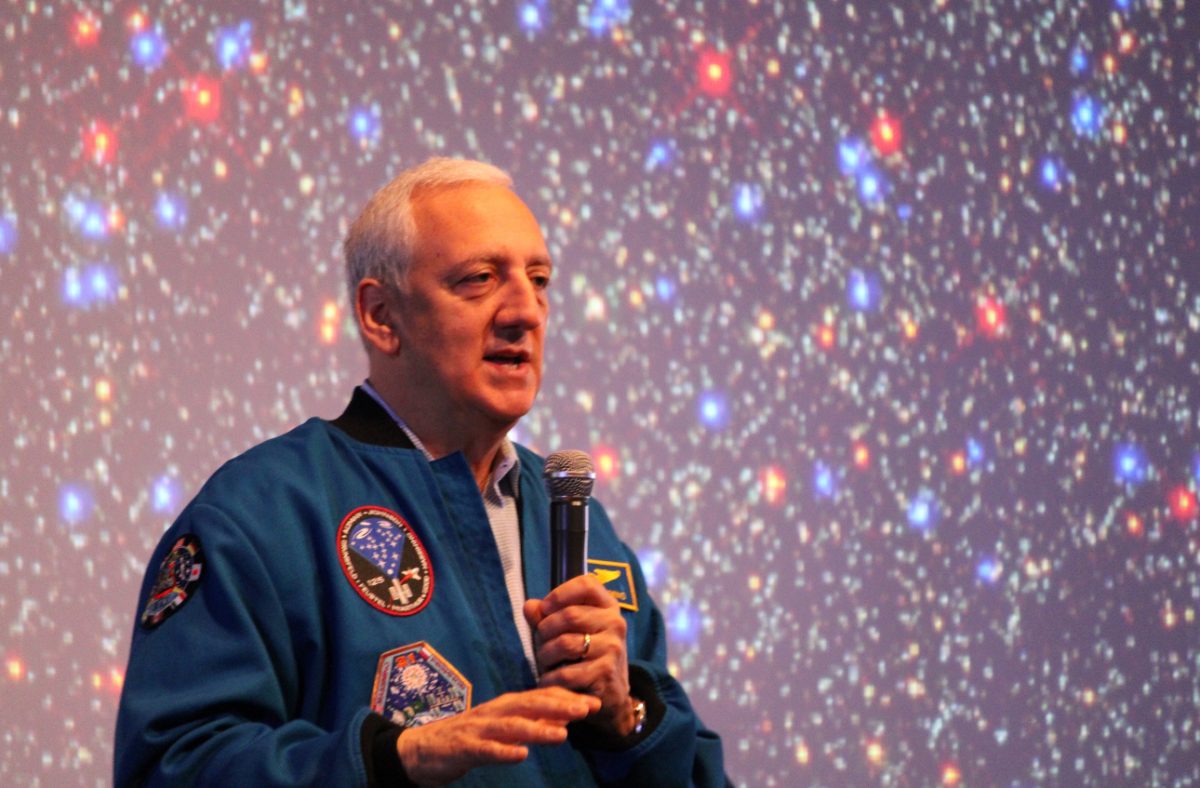
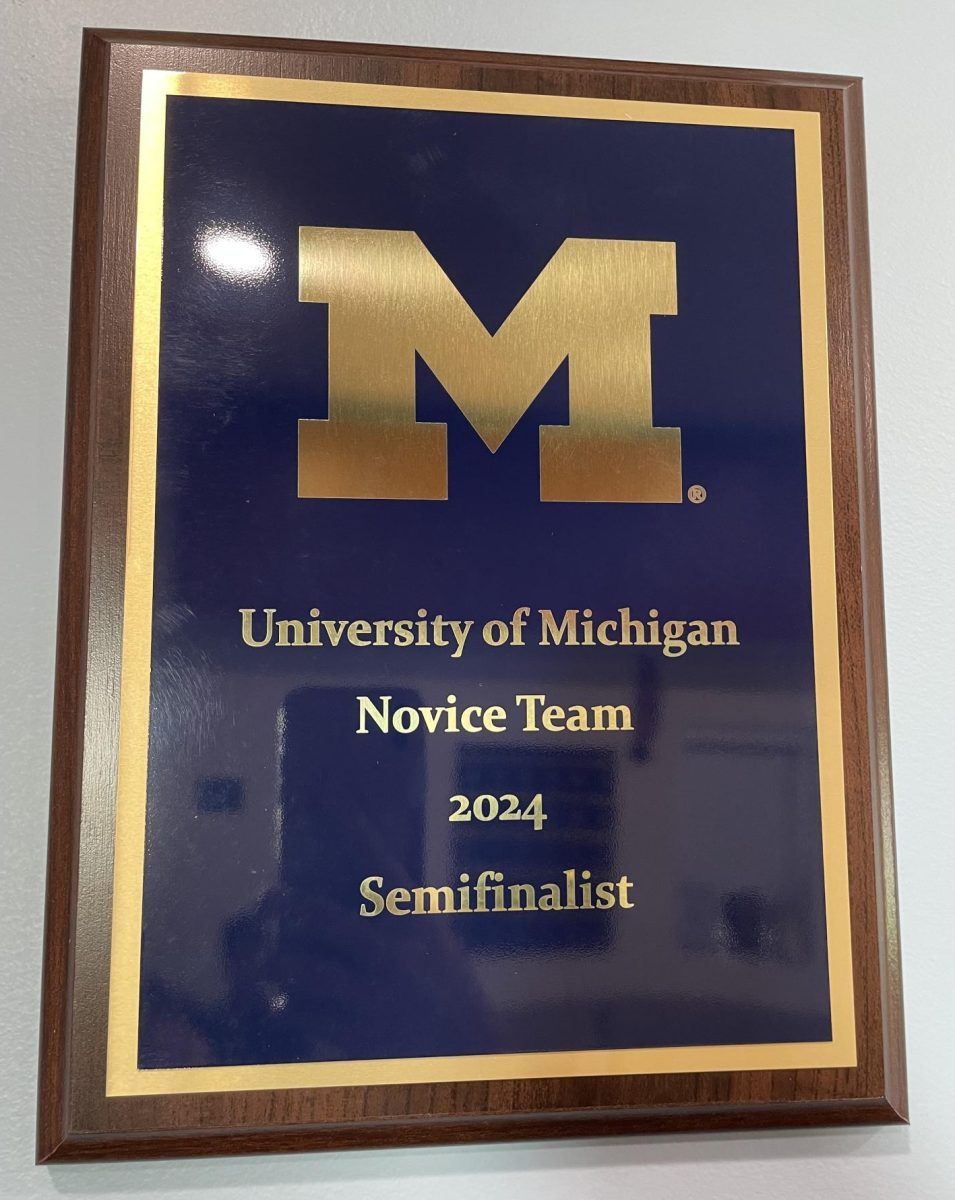




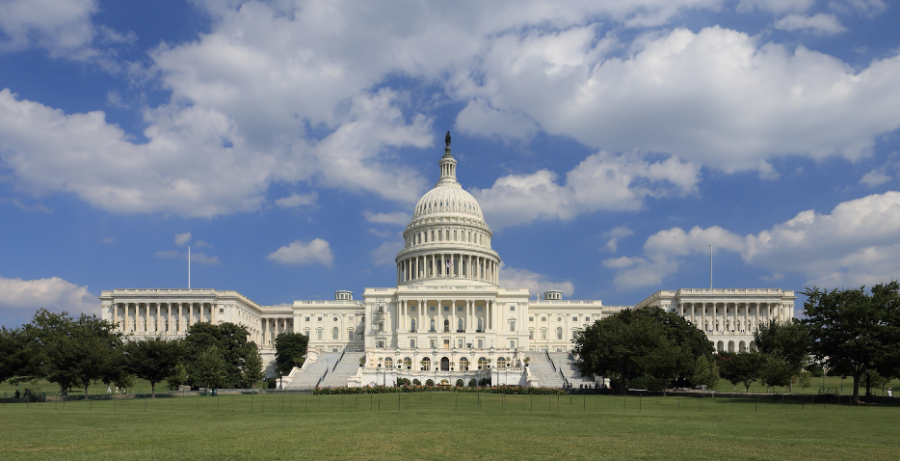









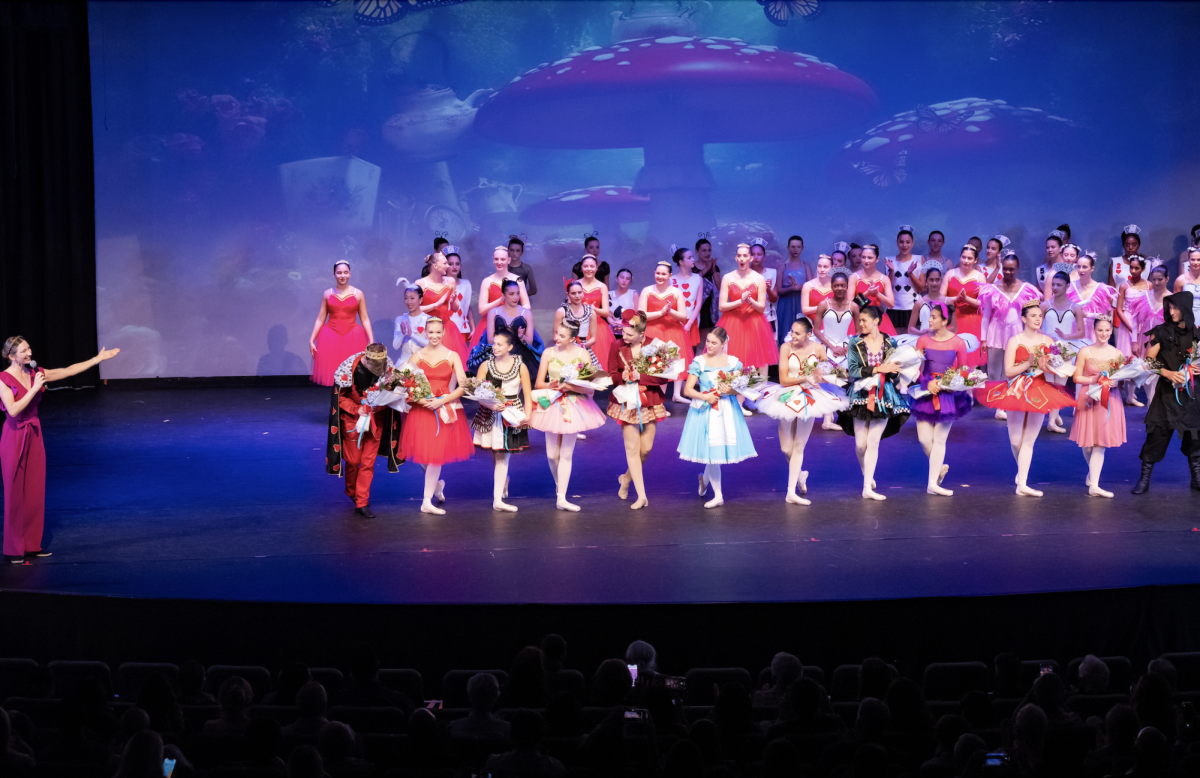


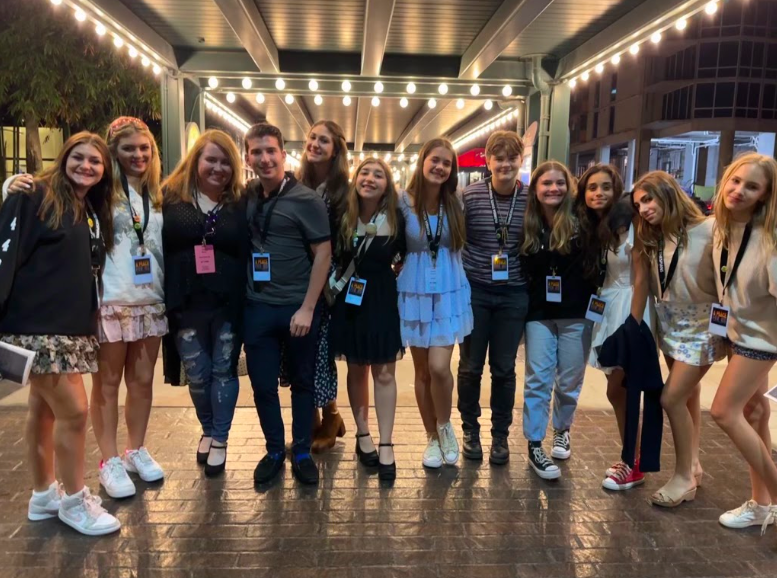

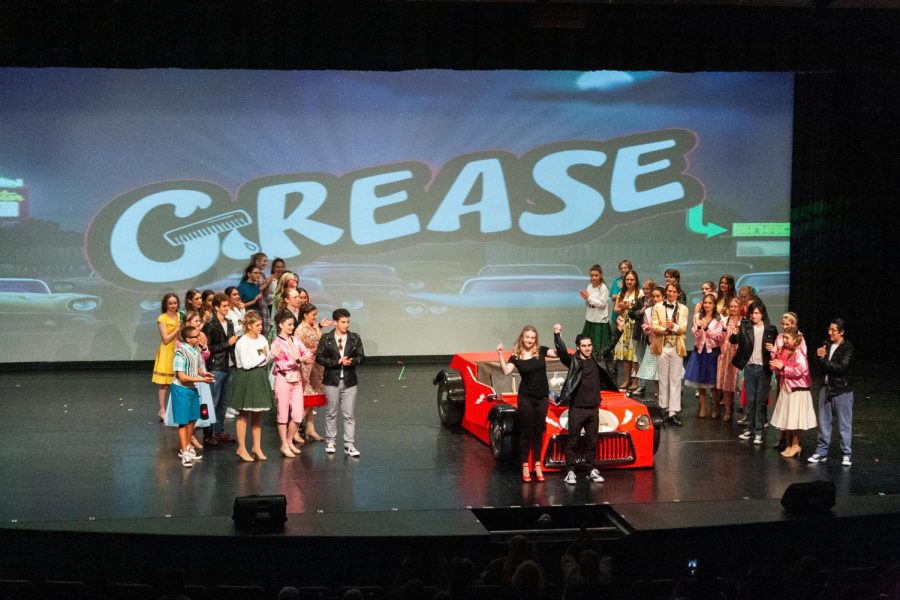




![Stranger Things 4: What to Expect [Warning: Contains Spoilers]](https://pcpawprint.com/wp-content/uploads/2021/11/StrangerThings4-900x473.jpeg)

